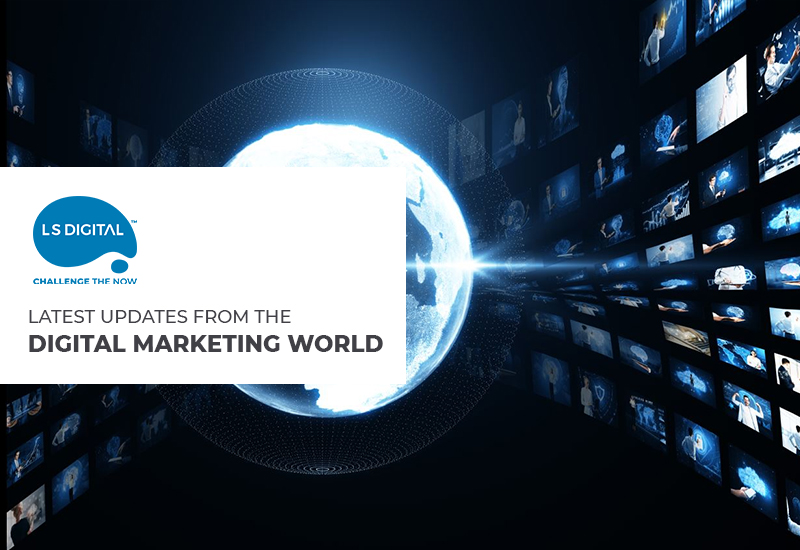In the digital marketing parlance, the concept of knowing how the customers perceive your brand has been prevalent for a long time. The brands from around the world, over the years, have been cautious about creating a positive image about themselves to the potential and existing customers. However, it is only recently that the concept of brand safety has emerged greatly and is being taken quite seriously by marketers around the world, especially in the digital sector.
Earlier in February 2017, The Times published an article, which claimed that Google funded world terrorism by allowing YouTube ads to feature in the extremist video content. However, soon the brands started to notice that their ads have been appearing on various radical news sites through Facebook Audience Network. In this write-up, we would take a closer look at different mechanisms that allow the reputation maligning mistakes that occur on Facebook and what the advertisers can do to avoid being victims.
What are the risks of bad publishing of ads?
In theoretical terms, the advertisers should not be worried more about advertising on social platforms as all their online activities are on display for public viewing. Millions of websites can display your ads, however, if you publish your ad on Facebook, it would typically be visible on Facebook alone. This is a general belief, right? But this the most common mistake that most advertisers commit.
If Facebook had to rely on the newsfeed alone for ad placement, they would be limiting the ad revenue. They have come up with other sources to resolve this situation.
FAN – Facebook Audience Network
Facebook launched this network in 2014, which is essentially a network of varied mobile sites and apps that can be chosen as a placement at ad set level. This allows your advertisements to feature outside the Facebook system.
Instant Articles
Instant articles, which are meant for mobile web allows quick loading of articles on Facebook. The instant articles were initially criticized for affecting the revenue value of the publishers. However, in its recent updates, Facebook has rolled out ad units that are placed at the bottom of the articles.
In-Stream Video
The video format allows delivery of five to 15 seconds video ads within the live and non-live videos.
With the availability of more space for placing your ads, it directly translates into more revenue for Facebook. However, the problem with these placements is that while it enables you to choose whether to use the space or not, you are not allowed to choose the videos or articles that you want to appear on Facebook.
Why take the risk?
One of the best ways to avoid being victims is to refrain from targeting these placements. If you notice that your ads are visible only in people’s newsfeed, then there is no risk.
From the above image, there are two crucial things to consider. However, you must note that this will vary from client to client. If FAN doesn’t prove to be efficient for you, it would only make sense for you to avoid targeting this placement. Secondly, with the video performance, the natural in-stream video will fetch you more views since your ad will be visible only when someone is watching a video. The users would have to watch your ad to be able to see the video of their interest.
How can advertisers protect themselves?
Until 2016, Facebook had no means for brand protection. FAN was an entirely blind network that did not have the capacity to suggest where the ads appeared or even block the risky ads. It is no surprise then that this did not go well with the global advertisers. In 2016, the social networking giant released the ability to block ads of a few categories like gambling and dating.
However, in June 2017, Facebook rolled out few controls (Pre-campaign transparency, Blocking at account level) that allowed the advertisers to have better control over their ad placements. In the purview of these new controls, here is how Facebook has categorized the safety levels:









